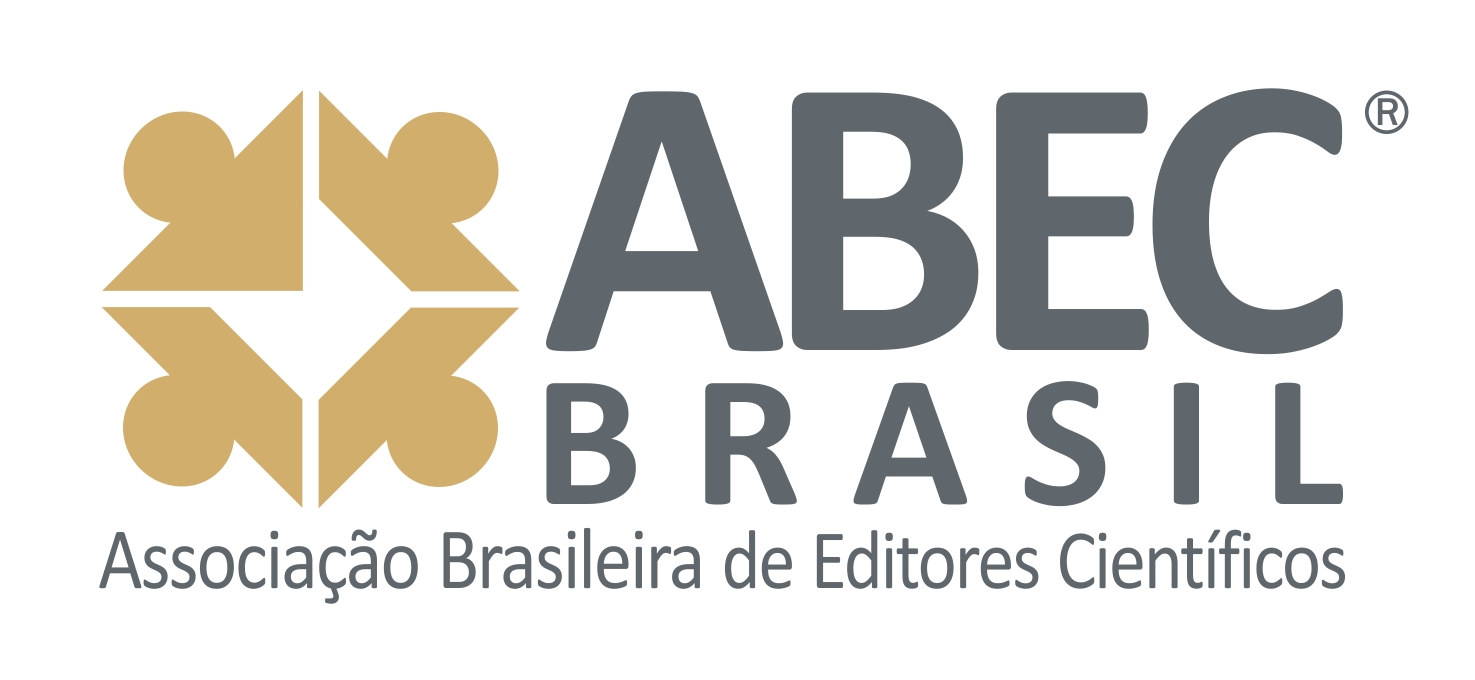Hydroquinone in the Management of Melasma: Therapeutic Potential in Combined Approaches
Hydroquinone in the Management of Melasma: Therapeutic Potential in Combined Approaches
DOI:
https://doi.org/10.51473/rcmos.v1i2.2025.1592Keywords:
Hydroquinone; Melasma; Depigmenting agent; Combined therapy; Clinical efficacy.Abstract
This study aimed to investigate, through a systematic literature review, the efficacy of hydroquinone (HQ) as a primary depigmenting agent in the treatment of facial melasma, evaluating its clinical effectiveness, tolerability, recurrence rates, and therapeutic potential in combination therapies. Twenty studies published between 2020 and 2025 were analyzed, selected from the PubMed and Google Scholar databases, in Portuguese and English. The methodology involved the selection of articles within a defined temporal and thematic scope, prioritizing randomized clinical trials, systematic reviews, and comparative studies addressing HQ alone or in combination with other depigmenting agents or adjuvant technologies. The results indicated that hydroquinone, particularly in concentrations of 2% to 4%, remains the gold standard for melasma treatment, showing a significant reduction in pigmentation scores (MASI/mMASI) within 60 to 90 days of use. Recent studies emphasize the combined use of HQ with tranexamic acid, tretinoin, lasers, and platelet-rich plasma, resulting in greater efficacy and faster clinical response. However, erythema, desquamation, and post-treatment recurrence remain common limitations, especially in higher skin phototypes. It is concluded that, although new molecules and technologies demonstrate comparable efficacy, hydroquinone continues to be the most effective treatment for melasma, particularly when used in combined and supervised regimens, reaffirming its importance in evidence-based dermatological practice.
Downloads
References
AMORIM, L. S.; LOPES, C. F. Comparação entre ácido tranexâmico oral e tópico no tratamento do Melasma facial. Anais Brasileiros de Dermatologia, v. 99, n. 3, p. 275–283, 2024.
ARAÚJO, Y. P. S.; BARBOSA, I. L. O uso de hidroquinona para tratar Melasma e sua relação com a ocronose exógena. RECIMA21 – Revista Científica Multidisciplinar, v. 5, n. 1, e515138, 2024. DOI: https://doi.org/10.47820/recima21.v5i1.5138
BARBOSA, M. M. C. Eficácia e segurança da nicotinamida 10% associada à fosfato ascorbil magnésio 5% e ácido hialurônico 5% em gel creme comparado à hidroquinona 4%. Universidade Estadual Paulista (UNESP), 2024.
BISWAS, R.; RAI, R. Comparative evaluation of hydroquinone 4% and cysteamine 5% in epidermal melasma. International Journal of Dermatology, v. 63, n. 6, p. 765–772, 2024.
CHANG, Y. F. Efficacy and safety of topical agents in Melasma: a network meta-analysis. Journal of the European Academy of Dermatology and Venereology, v. 37, n. 2, p. 275–288, 2023.
EL-HUSSEINY, R.; ABDEL-HALIM, D. M. Efficacy and safety of tranexamic acid 5% cream versus hydroquinone 4% in melasma. Journal of Cosmetic Dermatology, v. 19, n. 12, p. 3442–3449, 2020.
FABIAN, I. M.; KAPLAN, D. L. Topical hydroquinone for hyperpigmentation: a narrative review. Dermatologic Therapy, v. 36, n. 4, e15201, 2023. DOI: https://doi.org/10.7759/cureus.48840
FONSECA, M. P. Uso da luz intensa pulsada associada à hidroquinona no tratamento do melasma facial. Revista Brasileira de Medicina Estética, v. 10, n. 2, p. 45–52, 2023.
JANG, Y. et al. Combined use of laser toning and hydroquinone for recalcitrant melasma: a clinical study. Lasers in Medical Science, v. 38, n. 2, p. 645–652, 2023.
KHAN, N.; ALI, R. Comparative analysis of hydroquinone and azelaic acid in melasma management. Journal of Cosmetic Dermatology, v. 23, n. 1, p. 121–128, 2024.
LEE, S. H. Hydroquinone and topical retinoids in melasma: a review of evidence-based combination therapy. Dermatologic Surgery, v. 49, n. 2, p. 189–198, 2023.
LIMA, P. B.; NASCIMENTO, M. R. Ensaios clínicos de eficácia no tratamento do melasma facial em mulheres: tiamidol 0,2% e cisteamina 5% tópicos, e picnogenol 150 mg oral. Universidade Estadual Paulista (UNESP), 2022.
MAHAJAN, V. K. Medical therapies for melasma — a review. Indian Journal of Dermatology, Venereology and Leprology, v. 88, n. 5, p. 557–570, 2022.
NEAGU, N.; TĂTARU, C.; ENACHE, A. Melasma treatment: a systematic review of clinical trials. Journal of the European Academy of Dermatology and Venereology, v. 36, n. 9, p. 1421–1433, 2022.
PARK, Y. H.; CHOI, S. J. Safety and recurrence rate of hydroquinone-based therapies in Asian women with melasma. Clinical and Experimental Dermatology, v. 48, n. 6, p. 765–774, 2023.
RAO, P. N.; KUMAR, S. Emerging alternatives to hydroquinone for melasma treatment: a systematic overview. Dermatologic Clinics, v. 41, n. 3, p. 417–431, 2023.
SARKAR, R.; ARORA, P.; SINGH, A. Topical and systemic therapies in Melasma: a systematic review. Journal of Drugs in Dermatology, v. 22, n. 3, p. 210–220, 2023.
TEKAM, P. S. et al. Combination of autologous platelet rich plasma and hydroquinone 4% is more effective than hydroquinone alone in treatment of melasma: a split-face comparative study. Dermatological Therapy, v. 35, n. 7, e15704, 2022. DOI: https://doi.org/10.1111/dth.15761
WATTANAKRAI, P.; SUWANCHINDA, A. Randomized split-face study: topical silymarin versus hydroquinone in melasma. Journal of Drugs in Dermatology, v. 21, n. 8, p. 812–819, 2022. DOI: https://doi.org/10.36849/JDD.6491
ZHOU, J.; LIU, X. Long-term outcomes of hydroquinone-based regimens for melasma: a meta-analysis. International Journal of Women’s Dermatology, v. 10, n. 1, p. 45–56, 2024.
Downloads
Published
Issue
Section
Categories
License
Copyright (c) 2025 Giovana da Silva Braz , Nayara Rodrigues Munhoz, Andressa Dalólio Valente, Nathalia Cristine Santos Messias Chiquito (Autor)

This work is licensed under a Creative Commons Attribution 4.0 International License.












